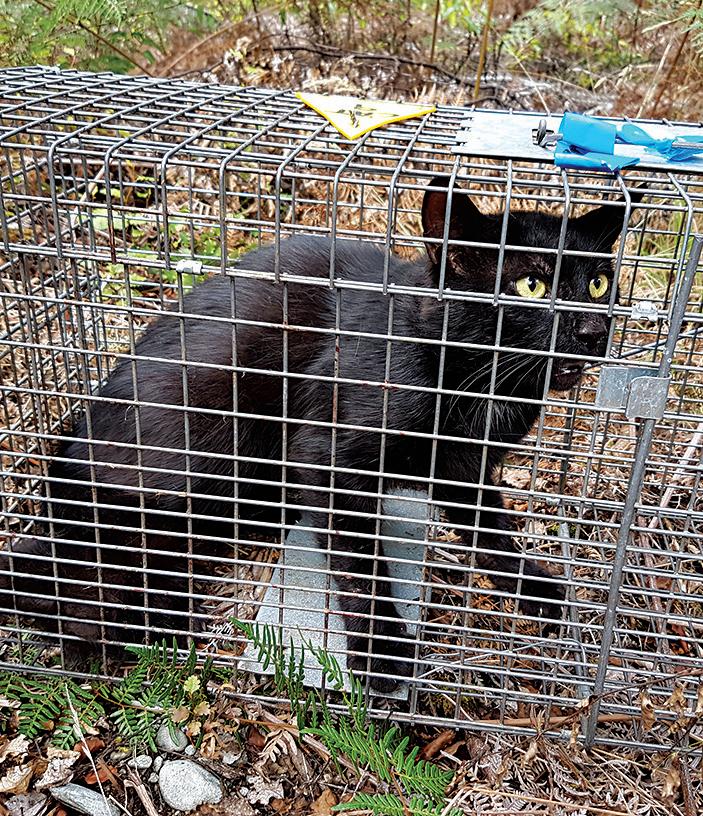
1 minute read
Bus interchange could cost $5 million
can be added to the Regional Land Transport Plan without it being considered a significant enough change to warrant re-doing the plan.
“This is not a case of exceeding or overspending any budget.
Advertisement
“The final costs for the hub have not been finalised and staff are currently working on a business case and after that a detailed design. That will determine the budget.”
Council is hopeful that the project will be 51 per cent co-funded by Waka Kotahi.
The business case will inform council’s funding application to the transport agency.
Waka Kotahi has previously granted $7 million to the Nelson-Tasman Regional Public Transport Plan, making up 51 per cent of the 2021-2024 public transport budget which was vital in getting the eBus service off the ground.

Emma Speight, the agency’s director regional relationships for Greater Wellington and Top of the South, was unable to confirm whether funding could be guaranteed when the report was presented to the Joint Nelson-Tasman Regional Transport Committee on Friday, but com- mended the council’s preparation.


“It’s important to make sure those projects get included and put through into the pipeline for funding,” she says. “To get good uptake, we need good facilities.”
The Bridge St bus interchange was upgraded for about $410,000 in preparation for the launch of the eBus service but doesn’t have the size to accommodate any further growth of the bus network.
The site is also currently slated to become an inner-city playground in the future.
Millers Acre was found to be the most appropriate place for a bus interchange. Though 63 parks will be lost to accommodate the interchange, 25 will be offset in the carpark that will be built on the adjoining 41 Halifax St site.
The change in funding approach means the Millers Acre interchange is now expected to be completed later in the 2024/25 financial year.
“Council is confident in its ability to complete projects on time and in budget,” Alec says.
“Providing transport infrastruc- ture is a core part of council’s work on the behalf of ratepayers. A high-quality, efficiently-run public transport system benefits most people in Nelson, either directly or indirectly.”










